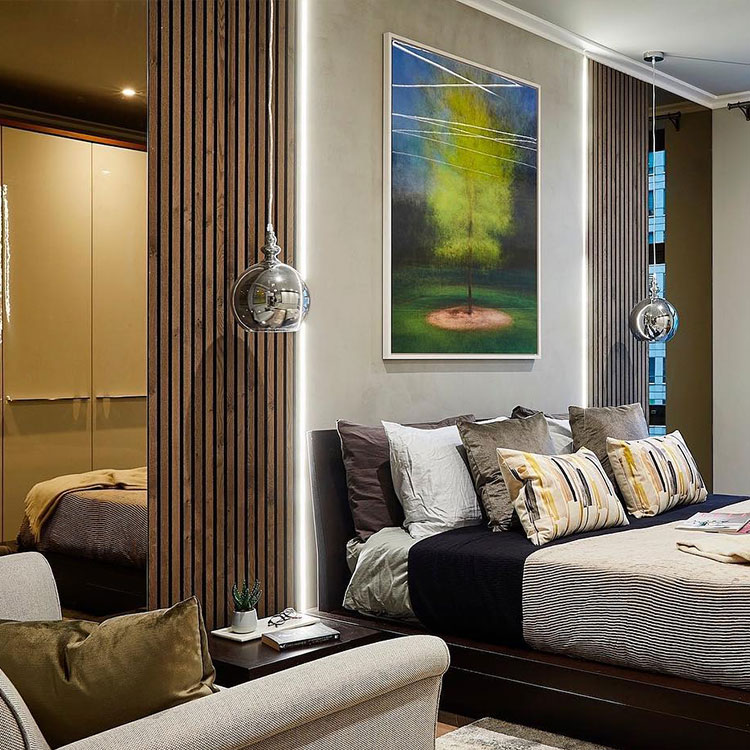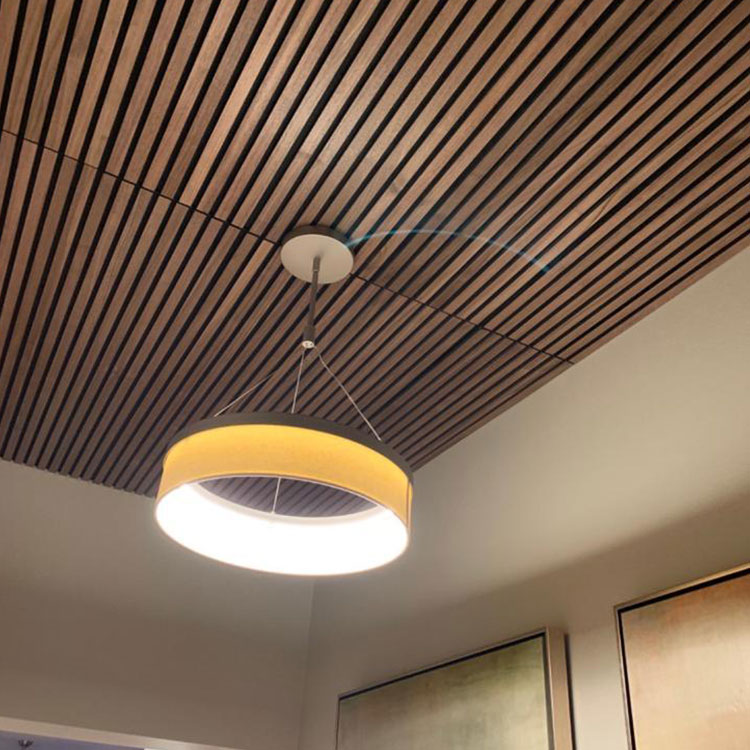These panels are a great addition to any room that suffers from echo, noise pollution, or just too much noise. However, most people don't really know how sound-absorbing panels are made. Today, we will go over the process of creating sound-absorbing panels, incorporating various materials such as Sound Insulation Wall Board, soundproof felt, acoustic wall fabric, sound-absorbing tiles, and Fabric Wrapped Acoustical Panels.


First, we will talk about the different types of materials utilized in creating sound-absorbing panels. One of the most commonly used materials is Sound Insulation Wall Board. Made with high-quality gypsum and filled with polymer materials, sound insulation wall board is incredibly dense and is perfect for reducing external noise pollution.
Another crucial material used in creating sound-absorbing panels is soundproof felt. Typically made from recycled materials, soundproof felt has excellent sound-absorbing qualities and can significantly reduce noise levels within the room.
Acoustic wall fabric is also a popular choice in creating sound-absorbing panels. This type of fabric is usually made of specialized materials such as wool, cotton, and silk and can be specifically designed to fit the aesthetic of the room it is being installed in.
Sound-absorbing tiles are also used for the process of creating sound-absorbing panels. These tiles are perfect for reducing noise pollution in areas such as offices or even basements.
Finally, Fabric Wrapped Acoustical Panels are the ultimate solution for sound absorption. They are made of compressed fiberglass covered in fabric with various design options. These panels are known for their strong noise reduction ability and professional finish.
After the materials are gathered, the process of creating sound-absorbing panels begins. First, a frame, typically made of wood, is created. Next, the materials are measured and cut to form the panel size. The materials are then sandwiched together and placed on the wooden frame.
Once the materials are attached to the frame, a sound-absorbing core is added to the middle. This core can be a specialized insulation material or even compressed fiberglass, forming a barrier that reduces noise pollution.
After the core is added, the final layer of fabric is placed over the panel, with a design to match the room's aesthetic. This layer is frequently referred to as the finish layer and represents the final layer of noise reduction.
In addition to the process of creating the physical sound-absorbing panels, it is essential to note that the panels' location matters the most. Placing the panels on strategic spots such as corners, behind walls, and even on the ceiling will have the best results. Placing sound-absorbing panels in the wrong spot might decrease their performance efficiency.
In conclusion, sound-absorbing panels are crucial for reducing noise pollution in any given area. Utilizing materials such as Sound Insulation Wall Board, soundproof felt, acoustic wall fabric, sound-absorbing tiles, and Fabric Wrapped Acoustical Panels, sound-absorbing panels can be created to aesthetically blend in any room. With the right materials and installation procedure, sound-absorbing panels can significantly reduce noise pollution levels in any area. By following the steps and ensuring the correct placement, you can create the perfect sound-absorbing panels to optimize your sound-proof environment.
Dongguan MUMU Woodworking Co., Ltd. is a Chinese sound-absorbing building material manufacturer and supplier. Please contact us for more information!
Post time: Jun-02-2023







